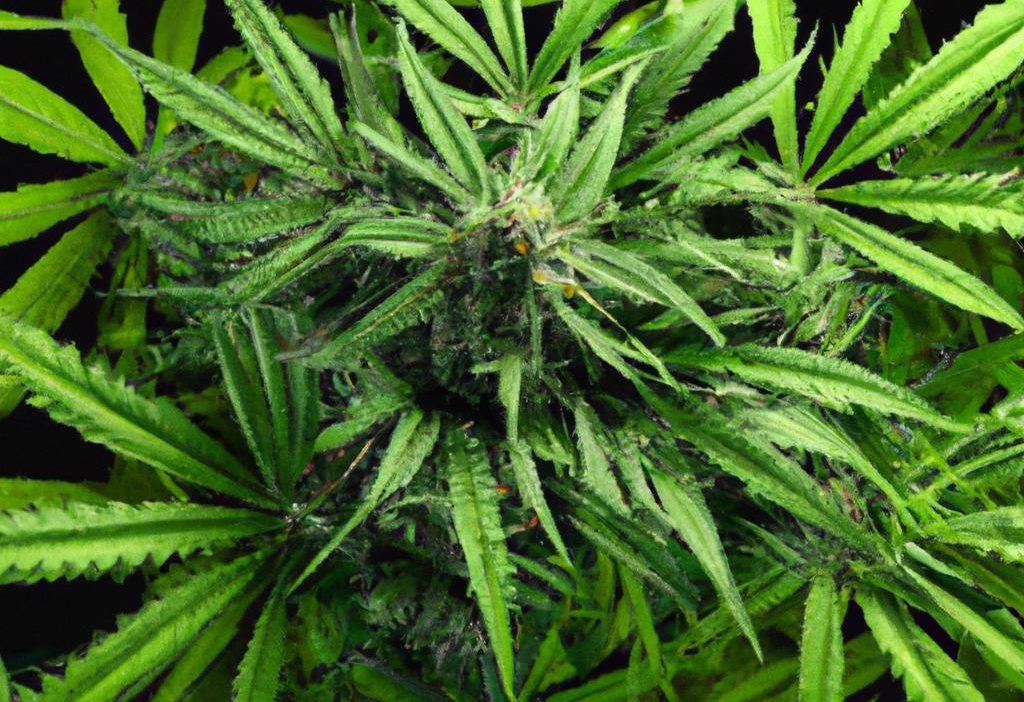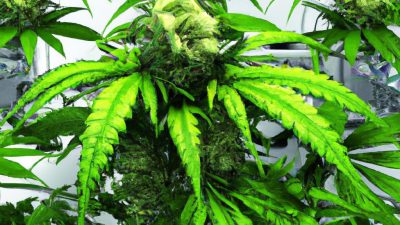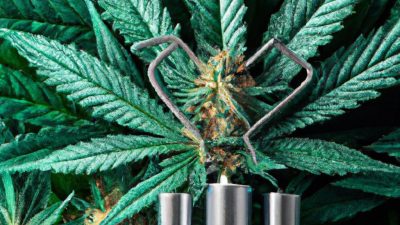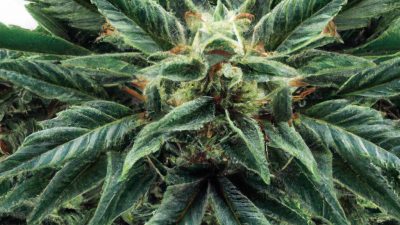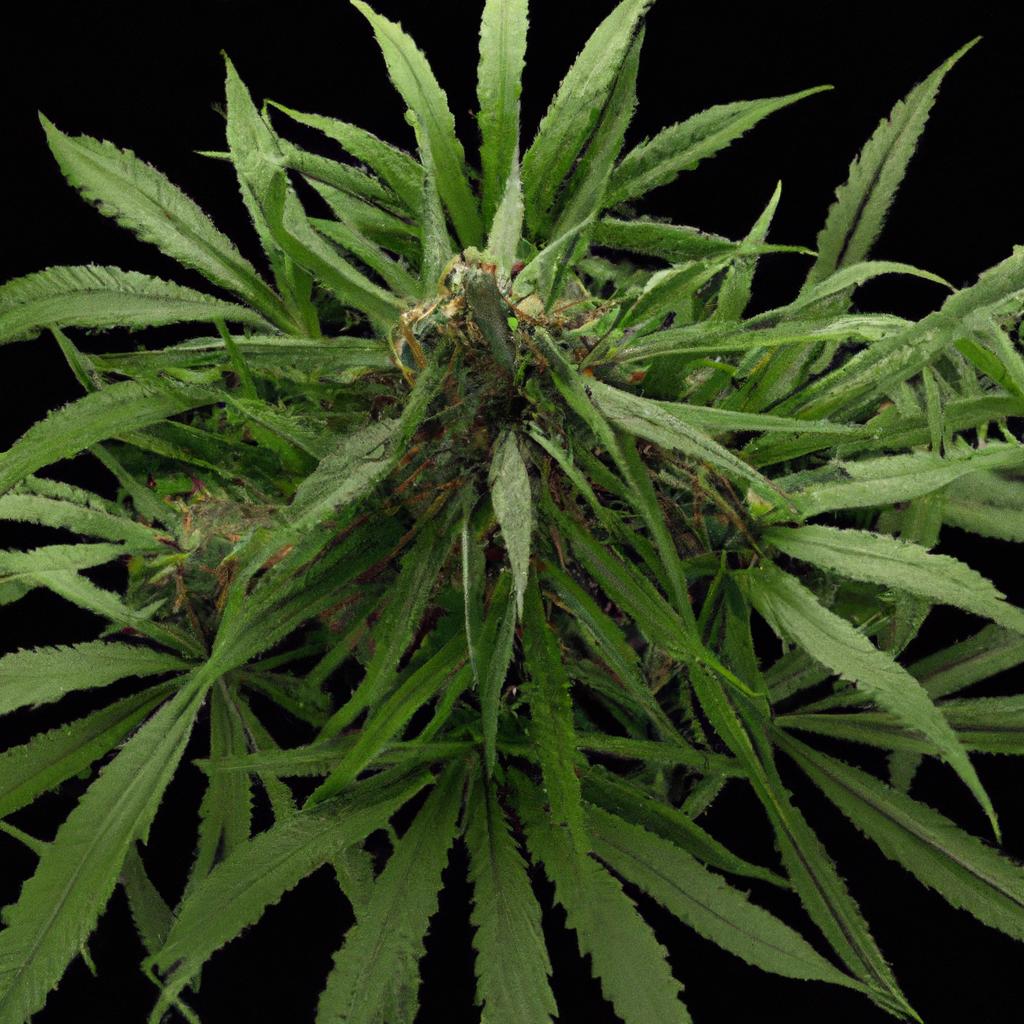
Comparing Yield Output by Extraction Method in Cannabis Processing
The cannabis industry has experienced rapid growth due to advances in cannabis science, technology, and processing equipment. At the heart of cannabis post-processing lies extraction – a key step that determines the quality and quantity of cannabinoids and terpenes extracted from the cannabis plant. Yield output, or how much product you obtain from a given amount of raw material, is a critical factor for producers looking to optimize profits while maintaining product quality. This article explores and compares yield output by different cannabis extraction methods, providing valuable insights for cultivators, extractors, and cannabis enthusiasts alike.
understanding Cannabis Extraction and Its Importance
Cannabis extraction refers to the process of separating cannabinoids, terpenes, and other valuable compounds from the cannabis plant material. This process is essential for creating a broad array of cannabis products like oils, concentrates, edibles, and vape cartridges. The efficiency of extraction directly impacts yield output, production costs, and product purity. Choosing the right extraction method can greatly influence the success of any cannabis operation.
Common Cannabis extraction Methods
There are multiple extraction techniques widely used in the cannabis industry, each with unique advantages and challenges. The most common methods include:
- Solvent-Based Extraction: utilizes solvents like butane,propane,ethanol,or CO2 to dissolve cannabinoids and terpenes.
- CO2 Supercritical Extraction: Employs pressurized carbon dioxide above its critical temperature and pressure to extract compounds efficiently.
- Hydrocarbon Extraction: Uses hydrocarbons such as butane or propane, which are effective solvents for cannabis extraction.
- Rosin Pressing: A solventless method applying heat and pressure to extract oils from cannabis flower or hash.
- Dry Sift or Mechanical Separation: Uses screens or vibrations to physically separate trichomes containing cannabinoids and terpenes.
Comparing Yield Output by Extraction Method
The yield output depends on various factors, including the quality of raw material, process parameters, solvent type, and equipment efficiency. Here is a detailed comparison of yield percentages typically achievable from the most popular extraction methods:
| Extraction Method | average Yield (%) | Key Advantages | Challenges Affecting Yield |
|---|---|---|---|
| CO2 Supercritical Extraction | 15-20% | Highly pure extract, tunable parameters for selectivity | High initial cost, requires technical expertise |
| Hydrocarbon Extraction (Butane/Propane) | 18-25% | Fast extraction, excellent terpene retention | Flammable solvents require safety protocols |
| Ethanol Extraction | 20-22% | Food grade solvent, efficient for both cannabinoids and chlorophyll removal | Lower terpene retention, potential solvent residues |
| Rosin Pressing (Solventless) | 10-15% | No solvents; clean and safe process | Lower yield, requires high-quality starting material |
| Dry Sift/Mechanical Separation | 5-10% | Simple, solvent-free, retains cannabinoids and terpenes | Least efficient, batch variability |
Analysis of Yield Differences
hydrocarbon extraction methods often lead the pack in terms of yield output due to thier superior dissolving power, delivering 18-25% typically. Though, safety and regulatory challenges must be considered.Meanwhile, CO2 extraction, though delivering slightly lower yields (15-20%), excels in purity and product customization.
Solventless methods like rosin pressing and dry sifting provide clean alternatives favored for artisanal extraction with fewer chemical concerns. Their trade-off is reduced yield and a higher dependency on high-quality starting material.
Benefits and Practical Tips for Optimizing Yield Output
- Raw Material Quality: Use fresh,properly dried and cured cannabis flower or trim to maximize extraction efficiency.
- Process Optimization: Fine-tune extraction parameters such as temperature, pressure, and time specific to the method used.
- Equipment Maintenance: Regularly clean and service extraction machines to maintain operational efficiency and consistent yields.
- Blend of Methods: Consider combining methods; for instance, using ethanol extraction followed by winterization to get clean, high-yield products.
- Safety & Compliance: Always adhere to safety regulations especially in hydrocarbon and solvent-based extraction to avoid accidents that could halt production.
Case Study: Comparing Hydrocarbon vs CO2 Extraction on Commercial Scale
A medium-scale cannabis extraction facility ran parallel extraction batches on identical raw material using hydrocarbon and CO2 supercritical extraction processes over three months. The results were as follows:
| Metric | Hydrocarbon Extraction | CO2 Supercritical Extraction |
|---|---|---|
| Average Yield (%) | 22% | 17% |
| Terpene Retention | High | moderate |
| Operational Cost | Medium | High |
| Processing Time | 30 min/batch | 1 hr/batch |
| Product Purity | Very high | Very high |
The facility ultimately found hydrocarbon extraction to be more cost-effective with higher yield and terpene retention but noted the increased need for safety protocols and solvent recovery systems.
Conclusion
Yield output by extraction method is a crucial consideration in cannabis processing, blending science, technology, and operational strategy. Hydrocarbon and ethanol methods generally provide higher yields, while CO2 extraction offers cleaner and customizable extracts at slightly lower yields.Solventless techniques, though producing lower yields, appeal for their purity and safety profiles.
By understanding the strengths and limitations of each extraction method, cannabis producers can optimize their processes, improve product quality, and maximize profits. Whether you’re a craft extractor or running a large-scale commercial facility, choosing the right extraction method tailored to your goals and resources will help you unlock the full potential of the remarkable cannabis plant.


